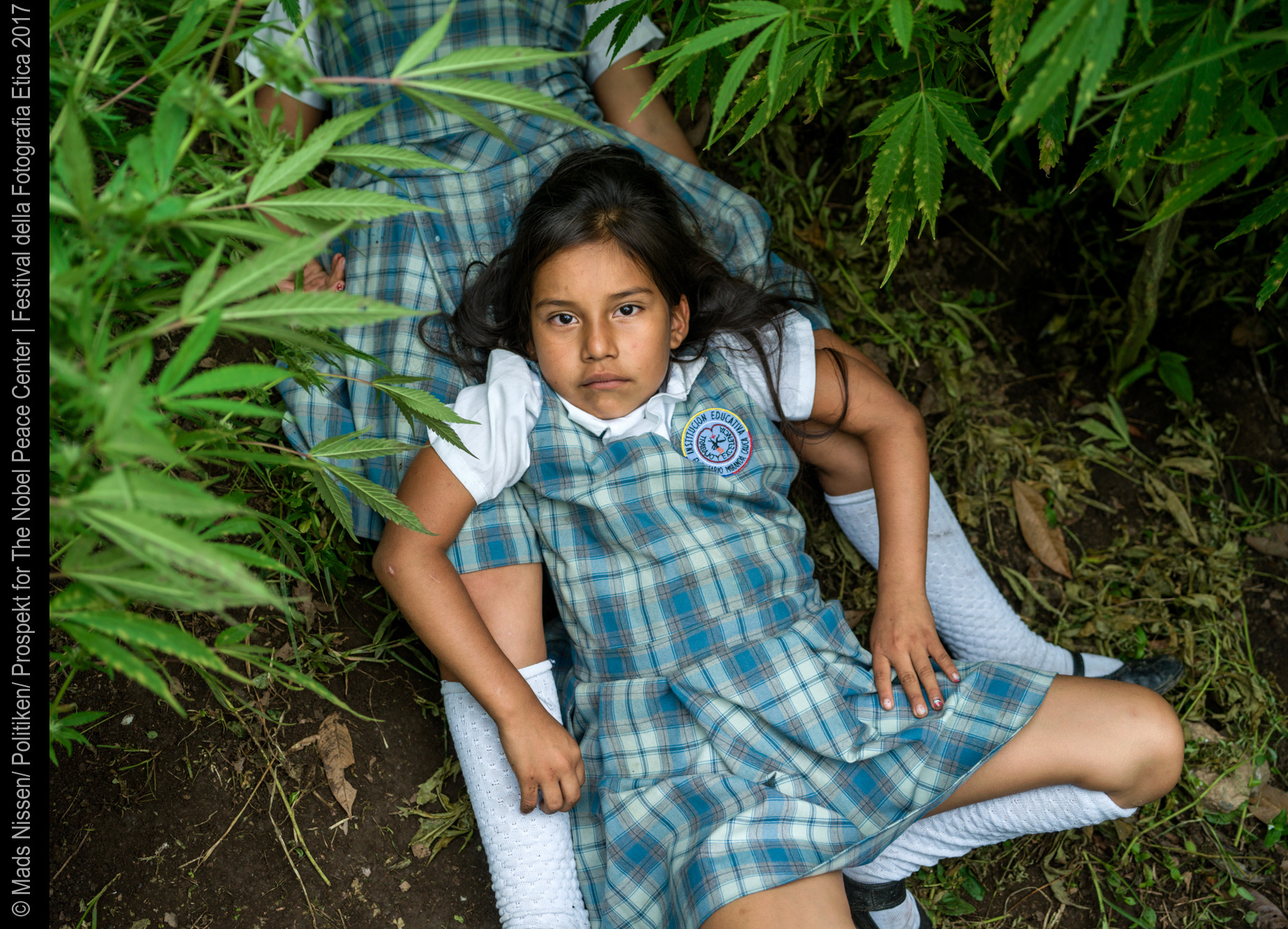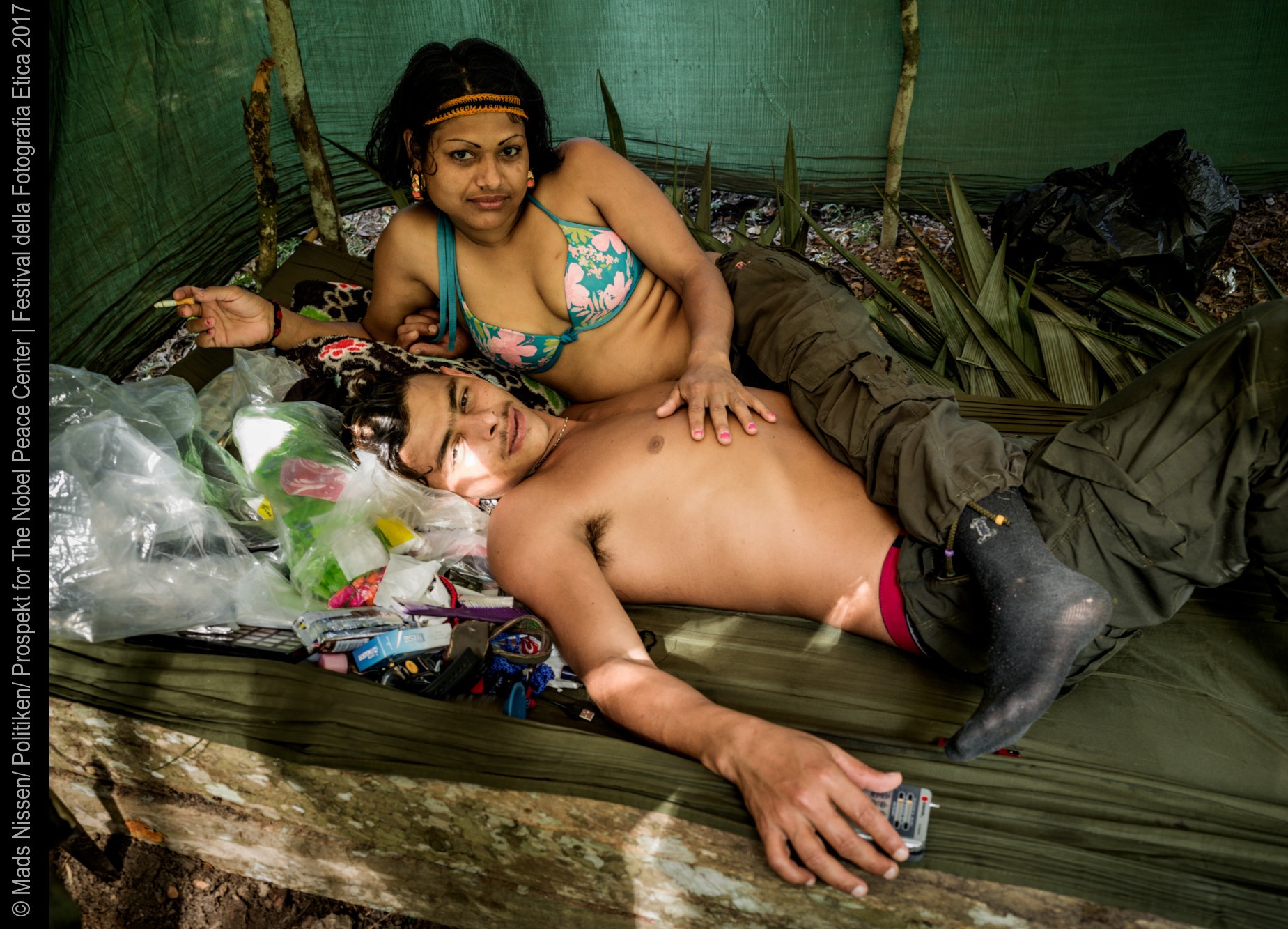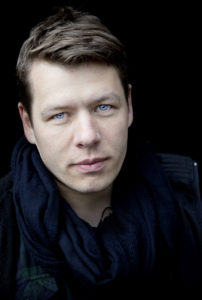One of the world’s longest-running civil wars is over. In 2016, the Colombian government and the FARC guerrilla movement signed a peace agreement that put an end to more than 50 years of civil war, a war that has claimed 220,000 lives and displaced six million Colombians in a country suffering from extreme inequality, land appropriation, cocaine production and political violence.
This photographic work began in the autumn of 2016, just after a narrow majority of Colombians rejected a peace accord in a plebiscite, jeopardizing the entire peace process and leaving the country in limbo.
Shortly after the the “No” vote, however, President Juan Manuel Santos was awarded the Nobel Peace Prize and went back to work, trying to maintain the momentum. In less than two months he landed a new deal and finally, after decades of war, Colombia was moving toward peace.
But as President Santos declared: “Making war is easy – making peace is hard.” So the hard work has begun.
The FARC-guerilla members have had to move into UN-controlled camps, leaving behind their guns and the life they have been living since they were recruited as teenagers, while in the meantime worrying about their mortal enemies, the right wing paramilitary groups who soon started murdering social activists and sieging control of new territories across the country. By October 2017, the FARC is officially unarmed, but if the social structures and the staggering drug-economy is not addressed, violence – in one way or another – will break out again soon enough.
Nissen’s photographic work “Hope Over Fear” represents this specific period of Colombian history – a twilight between war and peace.



